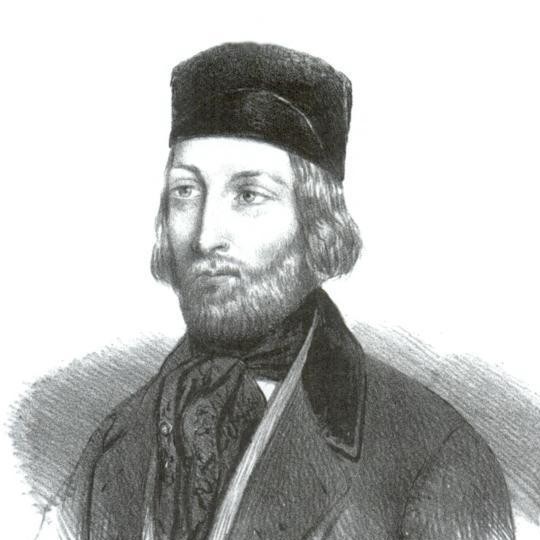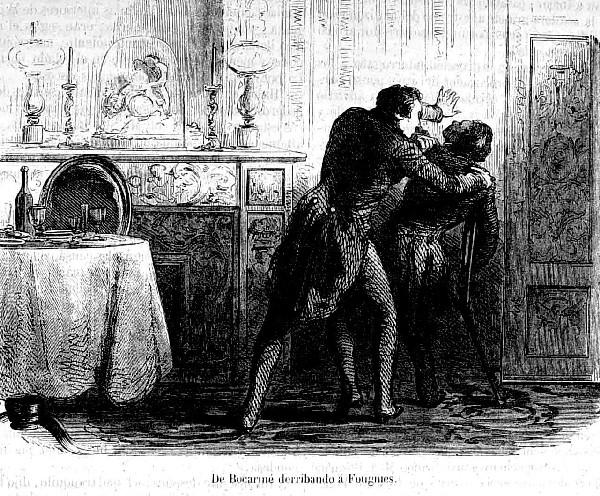
1818 - 1851
Hippolyte Visart de Bocarmé
Summary
Name:
Nickname:
HippolyteYears Active:
1850Birth:
July 13, 1818Status:
ExecutedClass:
MurdererVictims:
1Method:
PoisoningDeath:
July 19, 1851Nationality:
Belgium
1818 - 1851
Hippolyte Visart de Bocarmé
Summary: Murderer
Name:
Hippolyte Visart de BocarméNickname:
HippolyteStatus:
ExecutedVictims:
1Method:
PoisoningNationality:
BelgiumBirth:
July 13, 1818Death:
July 19, 1851Years Active:
1850Date Convicted:
June 14, 1851bio
Hippolyte Visart de Bocarmé was born on July 13, 1818, at sea during a voyage, baptized at the Weltevreden camp near Batavia on the island of Java (modern-day Indonesia). He was the son of Count Julien Visart de Bury and Bocarmé and Countess Ida du Chasteler. Though from a noble family, Hippolyte faced financial troubles later in life.
In 1843, he married Lydie Victoire Josèphe Fougnies, the daughter of a wealthy landowner. The couple had four children, but their marriage and financial security were overshadowed by Hippolyte’s mounting debts. While noble in status, Hippolyte struggled to maintain the lifestyle expected of his rank. He heavily relied on the inheritance from his wife’s family to resolve his debts and secure his future.
However, a problem stood in his way: Lydie’s brother, Gustave Adolphe Joseph Fougnies, was unmarried but considering marriage to a woman of lesser means. This threatened to divide or reduce the inheritance. Hippolyte, desperate and under pressure from creditors, saw eliminating his brother-in-law as the only way to secure full control of the family fortune.
murder story
In 1850, Gustave Fougnies visited the family estate, Château de Bitremont, in Bury. During this visit, Hippolyte prepared a lethal mixture containing a high concentration of nicotine. While Gustave suffered from physical disabilities and was in poor health, his sudden and agonizing death immediately drew suspicion. Witnesses described his suffering as prolonged and horrific, with clear signs of poisoning.
Authorities launched an investigation, conducting one of the earliest known forensic toxicology analyses in Belgium. The prominent chemist Jean Servais Stas examined Gustave’s organs, discovering nicotine poisoning through a chemical reaction involving potash. This became a landmark case in forensic science, demonstrating that poison could be chemically detected in human tissue.

Hippolyte and his wife Lydie were arrested. During the trial, prosecutors argued that Hippolyte acted out of financial desperation, intending to secure the inheritance. Lydie was acquitted due to insufficient evidence of her direct involvement, allowing her to inherit her brother’s estate. Hippolyte, who never confessed to the murder, was convicted and sentenced to death on June 14, 1851.
Despite appeals and requests for royal clemency, King Leopold I refused to pardon Hippolyte. On July 19, 1851, in Mons’ Grand-Place, Hippolyte Visart de Bocarmé was executed by guillotine before a large crowd. The execution was carried out by Jean Joseph Guillaumez, marking one of Belgium’s most notable 19th-century noble criminal cases.
Following his death, his children’s lives took divergent paths. Robert emigrated to Canada and had a large family, Mathilde became a nun, Rodolphe died at birth, and Rose’s later life remains unclear. Historians have speculated that Mathilde’s decision to enter religious life may have been influenced by her father’s infamous crime.